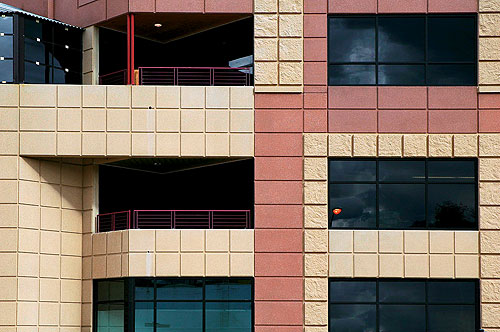A form liner is no different from molds in terms of functionality. As molds are used to fabricate sinks, concrete counter tops and furniture form liners are similarly used to create designs and patterns on concrete surfaces. The liners are used for pre-cast concrete as well as cast-in-place items where the surface finish is to be given a different look. There is an increasing demand for including artistic elements into concrete construction, especially for highway sound walls and similar panels, which is the reason for more and more people using form liners to satisfy their artistic cravings without straining budgets.
Advantages of Form Liners
There are several reasons why the form liner has found preference over the use of stones in architectural constructions.
- The high cost of using stones that often limits the architect’s creative desires who is compelled to look for compromises. Recreating the effects of stone by using form liners is a cheaper option that promises stunningly good looks. The looks are so good that it is almost impossible to make out between formed concrete and stone.
- Even if one is ready to bear the cost of stones and rocks, availability of natural stones in the right quantities can often be a constraint for projects.
- Besides giving similar looks of stone masonry, the use of form liners create more durable and stronger construction.
- In places where there are restrictions of using masonry work, the same effects can be created by using form liners.
Form Liner Materials
Four types of materials are used for making form liners.
- Plastic – The lightweight of plastics makes it a favorite choice for making form liners as it is easy to handle. Typically the ribbed pattern is adopted for plastic liners and these can be manufactured for multiple use (up to 15 times) or single use depending on the thickness of material used. Styrene plastic and even ABS (Acrylonitrile butadiene styrene) plastic is used for single use applications. For seamless long sections, with ribbed patterns, extruded plastic is used.
- Urethane rubber (Elastomeric rubber) – This is used for creating any kind of surface texture as the material is highly versatile due to its inherent stretchable property that is lacking in plastics. This is a highly durable material and form liners made from Urethane rubber can be used up to 100 times.
- Fiberglass – The property of fiberglass allows creation of designs with deep relief up to 8 inches but this material has fallen out of favor due to the advantages of urethane rubber.
- Polypropylene foam or Polystyrene – Styrofoam which is expanded polystyrene is suitable for making single use liners to be used as a block for creating patterns including logos. Liners of expanded polypropylene can be used 6 to 8 times.
Spandrel beams used in buildings and concrete cladding panels often have textured surfaces that is obtained by using form liners. Ribbed patterns on tilt-up panels are generated by using liners. The techniques of using liners are the same for pre-cast and cast-in place items.
